This is second part of our series about helping seafood lovers make sure they know exactly what sea creature is going to end up on their plate when they order a dish in seafood restaurants on Tenerife and the Canary islands.
The first part concentrated on fish, whereas this one is about those creatures that scuttle, crawl and stick to things – shellfish and molluscs; generally referred to as mariscos in Spanish.
In the Canary Islands you can be faced with nearly everyone in the shellfish and mollusc cast, especially in speciality seafood restaurants.
Similar to fish dishes on menus, there can often be English translations but these aren’t always as helpful as they should be.
Our guide should help you navigate through tasty waters.
Almejas – Clams
Berberechos – Cockles
Bogavante – Lobster
Calamari – Squid: Calamari Romano is the classic battered and fried version but calamari comes in other guises as well
Camarones – Shrimp: A common sign you’ll see outside restaurants in Tenerife’s fishing communities is ‘Hay Camarones’. These are a mountain of small shrimp still in their shells.
Cangrejo – Crab
Caramujo – Winkle
Chipirones – Small Squid: A very different taste and texture from the bigger version, chipirones are usually cooked a la plancha (grilled on a metal plate or skillet).
Choco/Sepia – Cuttlefish: Occasionally this is mistranslated as squid. But whilst cuttlefish are similar in appearance and even taste, they are a completely different creature.
Chopitos – Tiny Squid: These come battered and fried and are good for snacking on.
Cigala/Langostino – Langoustine, Dublin Bay Prawn, Norway Lobster and Scampi – all the same thing.
Gambas – Prawns
Lapas – Limpets: These are a real local speciality and come sizzling in a pan, drizzled in olive oil and cilantro.
Mejillones – Mussels
Navajas – Razor Fish
Ostras – Oysters
Percebes – Goose Barnacles: Possibly the ugliest and most unappetising looking sea creature you’re likely to come across and one of the most expensive given the dangers involved in collecting it. Not a commoner on menus but often seen in the better supermarkets.
Pulpo – Octopus: Pulpo is commonly dished up in a variety of ways; a la gallega (with potatoes and paprika), frito when you get either a tentacle or the whole octopus fried, or sliced up in a salad.
Vieira – Scallops: Not commonly found on Canarian menus and if it is, it’s often frozen. Some of the better restaurants have them flown in from Madrid. Ask if you want to be sure.
No doubt there are others, some obscure creatures we’ve never heard off before (we recently stumbled across a Noah’s Arc shellfish in Croatia). So if anyone knows any good ones that we’ve missed, please let us know about them.
Jack is co-owner, writer and photographer for BuzzTrips and the Real Tenerife series of travel websites as well as a contributor to lots of other places. Follow Jack on Google+

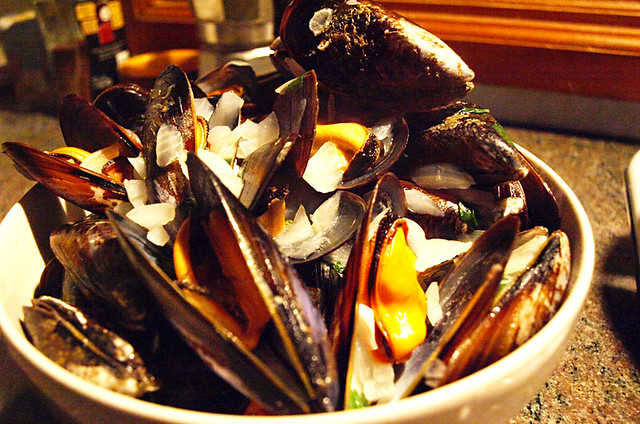

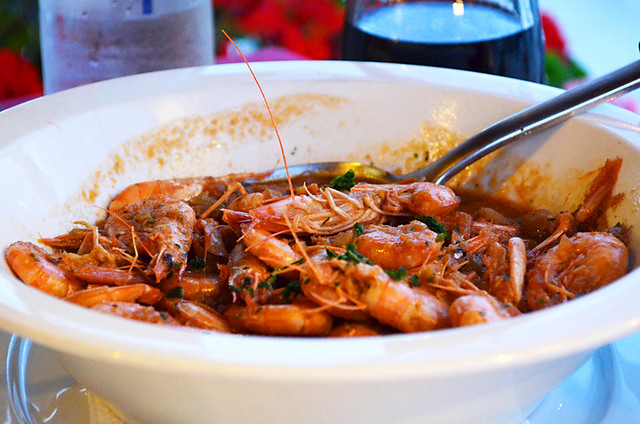
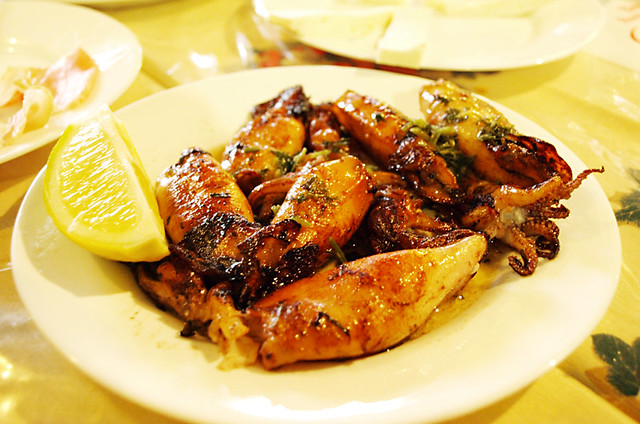
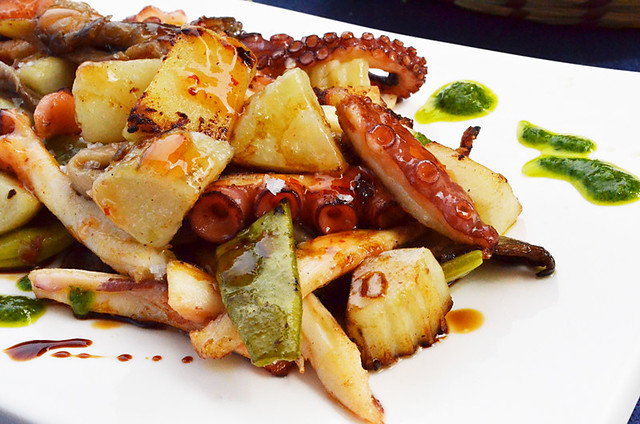
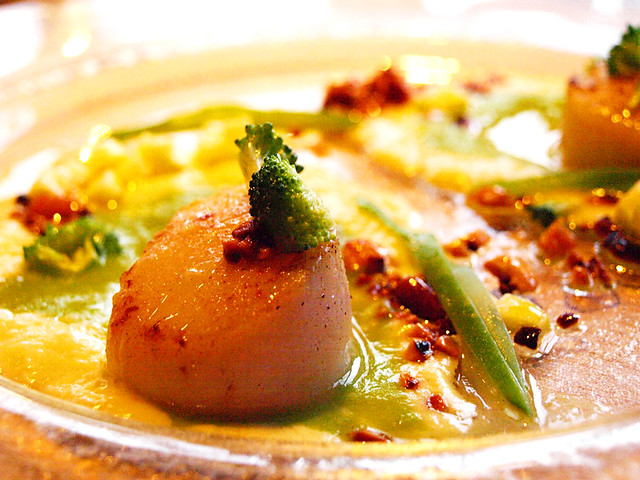
Hello Jack,
This is really awesome, and it has made me very hungry… Here are some additional creatures which I have seen in many different translations:
– Langostinos = langoustine?
– Carabineros = Scarlet shrimp
– Cigala = seen this as crayfish, crawfish as well as Norway lobster…
Cheers for an excellent website!
Thanks Isabelita and for the additional entries 🙂
I have just brought fresh fish filet de Brota
I can’t find any explanation as to what it is?
Can you help
Which island did you buy it on Harry? It’s not one we’ve ever eaten. But it can have different names depending on where it is. In some places it’s called agriote. In English it’s called a forkbeard, a type of hake.